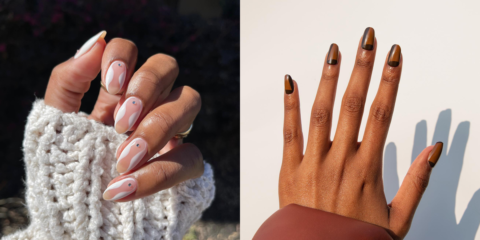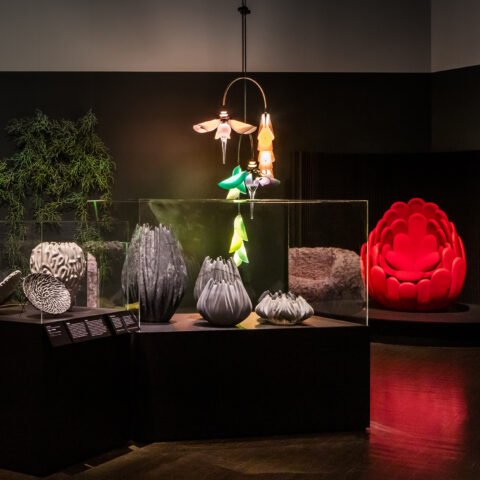The American Museum of Natural History said it was making progress on returning the human remains of nearly 2,200 Native Americans and thousands of tribal funerary objects, which became a top priority earlier this year in the wake of new federal regulations.
In a staff letter on Thursday afternoon, the museum’s president, Sean Decatur, provided an update. He said that the institution “has held more than 400 consultations, with approximately 50 different stakeholders, including hosting seven visits of Indigenous delegations, and eight completed repatriations,” which includes 124 individuals and 90 objects.
The remains of at least three individuals were announced for return to the Santa Ynez Band of Chumash Mission Indians in California. According to information published in the Federal Register, the museum bought one set of human remains in 1891 from James Terry, one of the earliest curators of the institution’s anthropology department, then known as the archaeological and ethnological department. In 1924, the remains of at least two other individuals were purchased from Felix von Luschan, an Austrian anthropologist who eventually sold his entire collection of skulls and skeletons to the museum, which some historians believe doubled its holdings of human remains at the time.
Earlier this year, the museum closed two major halls exhibiting Native American objects, largely in response to new federal regulations that required museums to obtain consent from tribes before displaying or performing research on cultural items. The updates were part of the Biden administration’s effort to close loopholes in the 1990 Native American Graves Protection and Repatriation Act, or NAGPRA, which established protocols for the return of human remains, funerary objects and other holdings to tribes. For decades, tribal representatives had criticized the law as providing museums and other institutions with the means to drag out the repatriation process.
The museum’s galleries for the Eastern Woodlands and the Great Plains remain closed.





